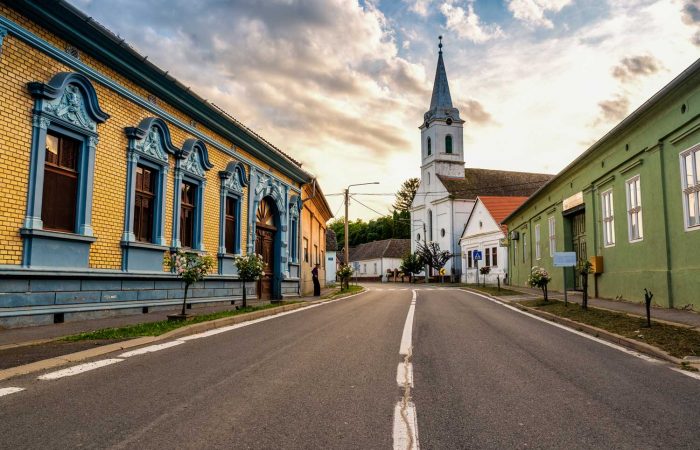About Baranja
Bordered by the Drava and the Danube rivers and divided by Croatian-Hungarian state border, in the east charmed by a swamp, in the south and southeast sheltered by mouths of the river and in the north and northeast open for connection via wine roads and paths – Baranja is even today quite closed, almost secluded, more mystical than ever before. Despite old bridges having been renovated and new ones being built, regardless of the fact that it is dappled with several international road routes and that it is becoming an ever more interesting tourist destination – at this day Baranja manages to preserve a unique note since its people jealously keep their existential secrets. They strongly and clearly remember the tales older than their own families, secrets of life and survival, of love and dying, wines, hot peppers, special kind of fishing, weddings, buše (traditional masks from Baranja), pudarine (guarding ripening grapes), paunići (embroidered motifs of small peacocks on traditional folk costumes), slamnjače (straw beds) and i kandile (hanging candles). Owing to this still existent ethnographic magic which can be read from the faces of people living outside main roads, Baranja is capable of attracting, yet never revealing itself to the fullest.
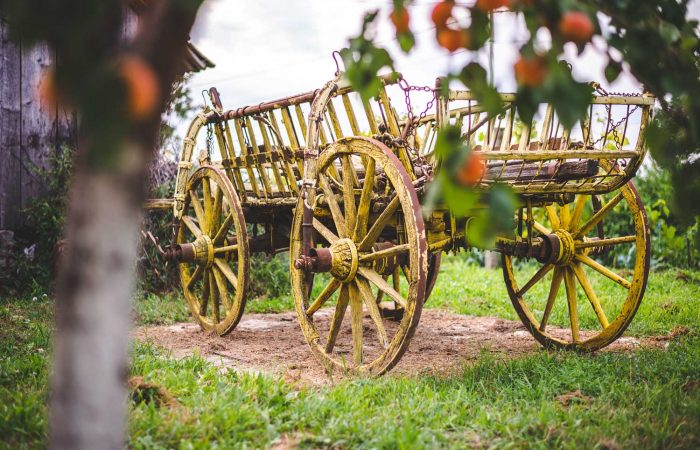
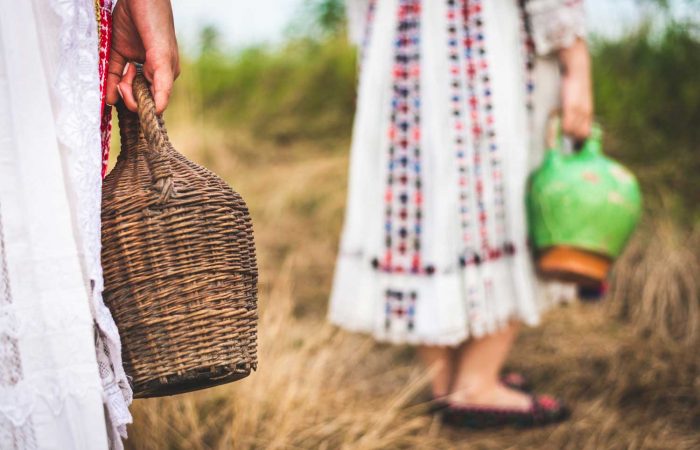
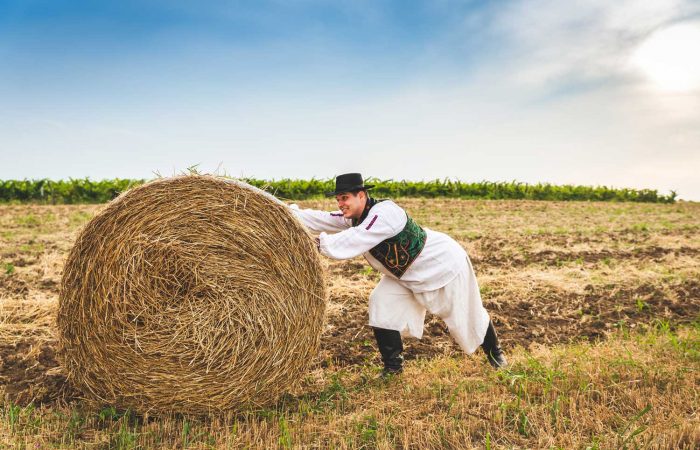
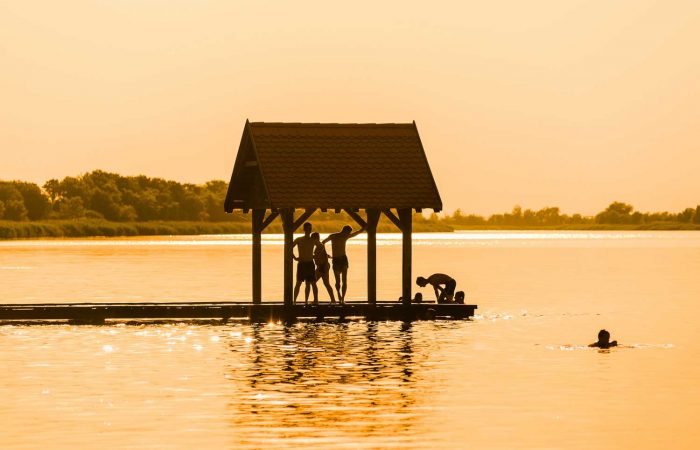
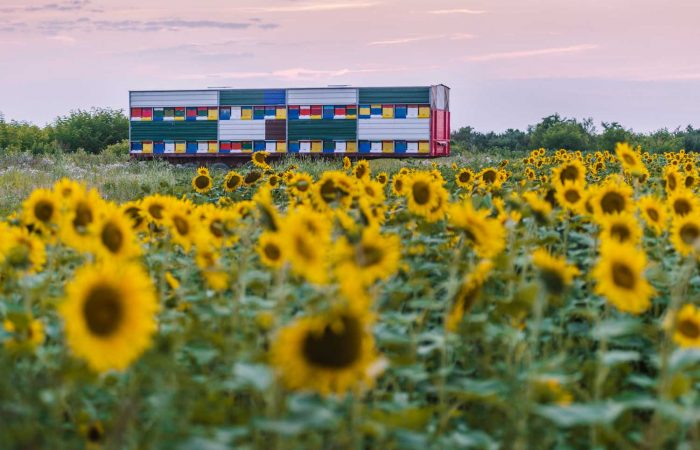
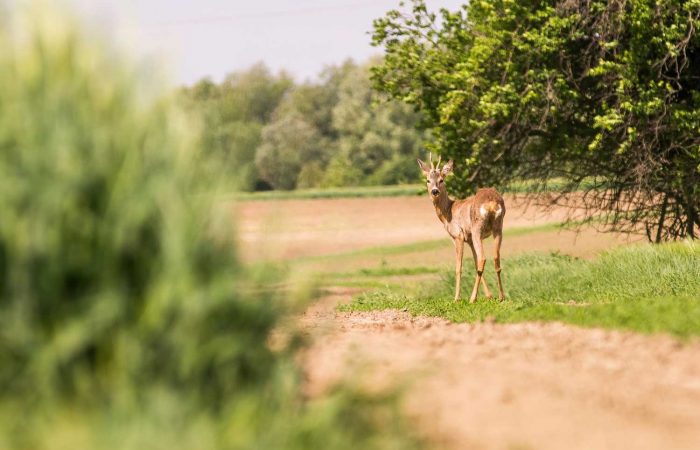
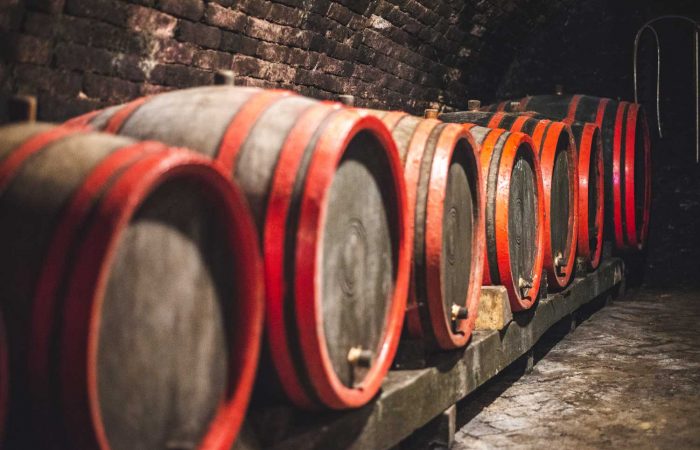
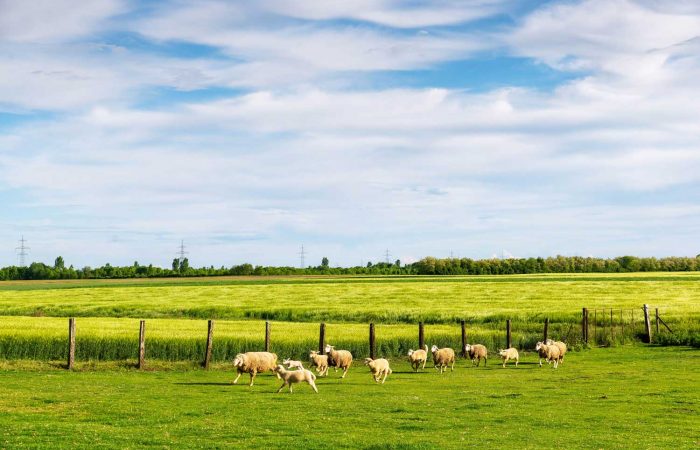
Welcome to Baranja
Baranjsko Petrovo Selo
Situated in the lowlands of Western Baranja, just near Hungarian border. It is 7 kilometres away from district seat in Petlovac, 38 from Osijek, and 14 kilometres from Beli Manastir. Among local people the settlement is known under the name of Petarda since in historical books it was first mentioned in 1276 under the Hungarian name of Peturd, and then in 1332 as Peterd. Its present name dates from the period after the World War I. The place is the seat of the Parish of St. Lawrence deacon and martyr, founded back in 1903, and Patron Saint’s Day is celebrated on August 10th. During the reign of Kasimir Esterházy, the lord of the manor, (19th century) there were about 900 farmers and cattle breeders living in the settlement.
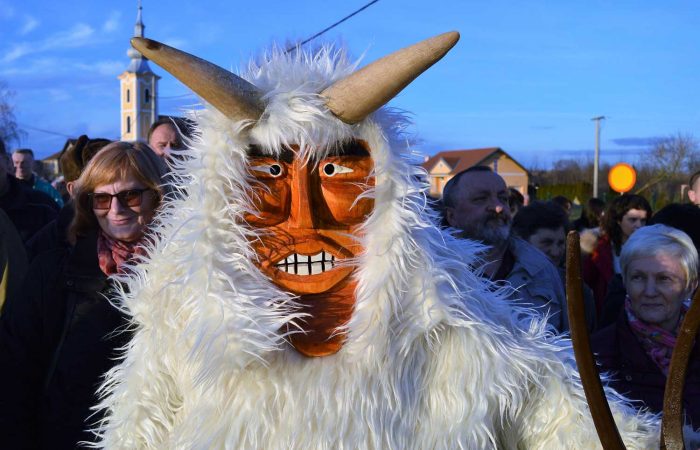
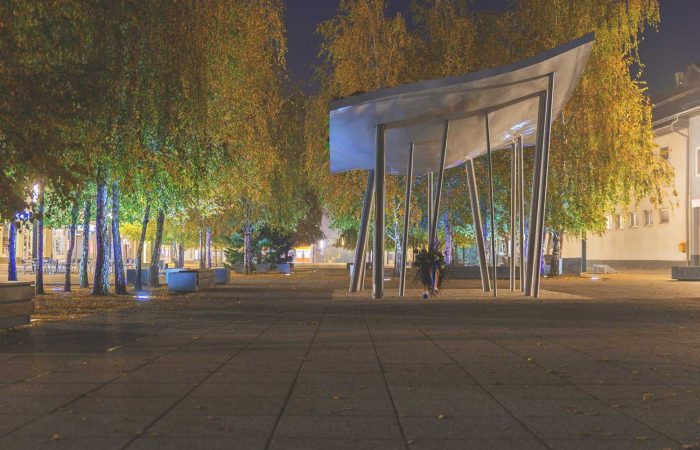
Beli Manastir
Beli Manastir is the only town in Baranja and its administrative seat. It grew on the Southeast slopes of the Baranja Mountain, almost half way between Osijek in the south and Hungarian town of Mohač in the north. The town name derives from the Middle Ages when in 1227 the Hungarian palatine Moys de Daro erected a monastery on his property, in the place named Pél. Because of this, the place was later renamed to Pél Monostor (Pél's Monastery). When in 1920 Southern Baranja became a part of the Kingdom of Serbs, Croats and Slovenes, the place was to change its name. Finally, the name Beli Manastir was proclaimed three years later, in 1923. Today, it is a town with more than 10,000 inhabitants living in several districts (Planina, Beljsko naselje, Haljevo, Palača, Sudaraš) and suburbs (Branjin Vrh, Šećarana and Šumarina).
Bilje
Visit Baranja, for many yet unknown destination, begins by entering the muncipality Bilje, which is just 5 km from the city of Osijek, on the left bank of the river Drava, with settlements: Bilje, Kopačevo, Vardarac, Lug, Podunavlje Kozjak Tikveš and Zlatna greda. The unique and somewhat unusual name talk, for itself, about an interesting and specific history of each place and multicultural diversity of the people who inhabited this area, and their heritage is preserved to this day. (Tourist Office Municipality Bilje)
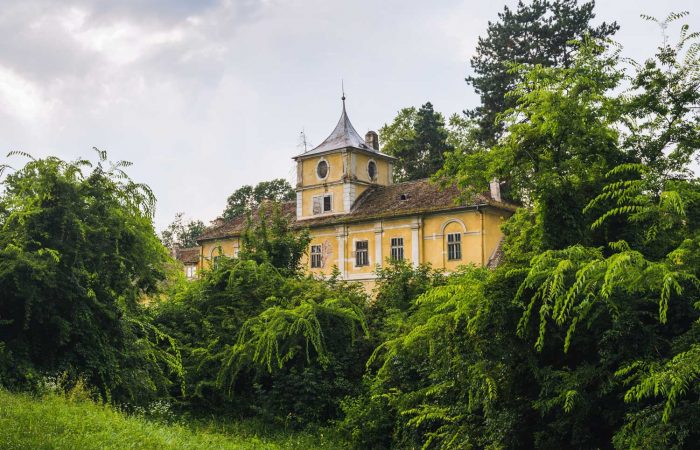
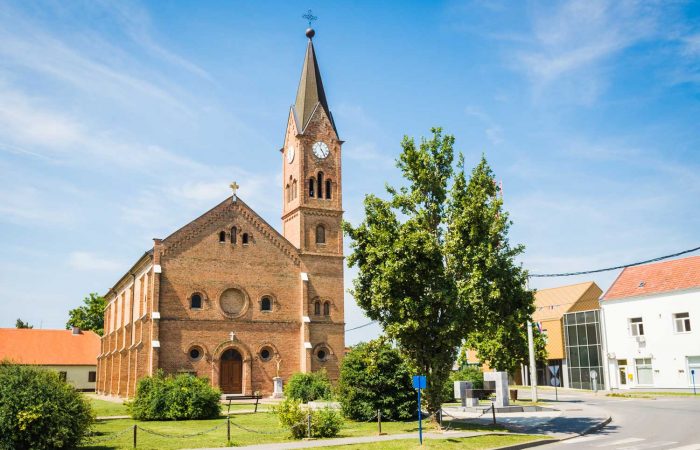
Čeminac
The settlement is situated on the arterial road leading from Osijek, through Beli Manastir to Hungarian border. Čeminac is the district seat located in the central part of Baranja and it comprises the following settlements: Kozarac, Grabovac, Novi Čeminac and workers' settlement Mitrovac. In over 1,100 households, there are more than 3,500 thousand inhabitants living in this area. It is a certain curiosity that inhabitants of Čeminac used to be successful chess players even in broader regional context.
Darda
Darda is about ten kilometres away from Osijek. It was first mentioned during the Roman Empire, under the name of Tarda. Due to its location in the vicinity of former Mursa (Osijek), it was on the way to many tradesmen coming from the territory of today's Russia, Central and Northern Europe. In the centre of today’s Darda is the castle which belonged to the old Hungarian Esterhazy family, which had a small church of St. John the Baptist, next to the castle. During the summer, three small lakes situated almost within the place become the focus of tourist attention. The central lake is named Đola and it offers a well-kept bath and recreation centre. Because of its specific night-time catering offer, throughout the year Darda attracts young people who come to local pubs both from Osijek and Beli Manastir.
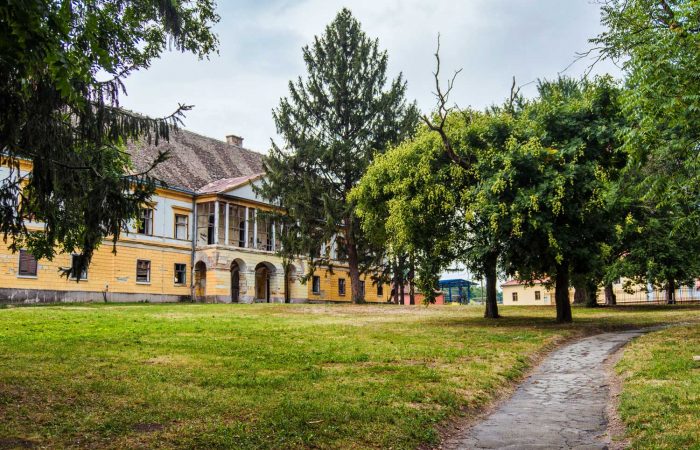
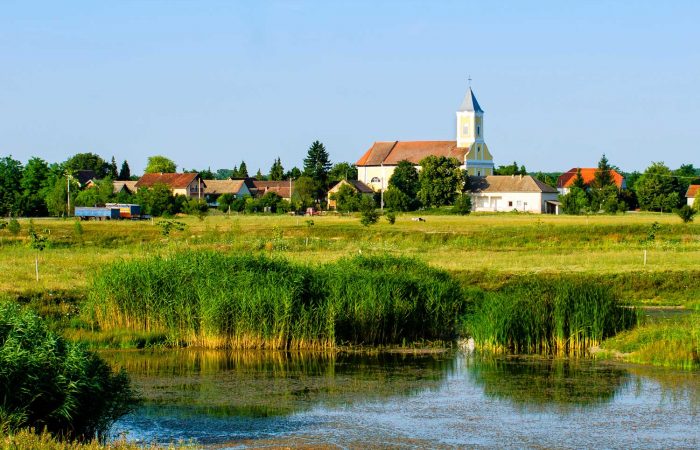
Draž
Draž is a pearl of Northeast Baranja. From the east, the district is bordered by the Danube, from the north by Hungarian border, while from the south it is enclosed by vineyards sloping from the Baranja Mountain. In Baranja, Draž is known as a sophisticated weekend destination. Throughout its hillocks, beautiful weekend houses are scattered, with spacious yards and terraces offering beautiful views. The place is not overcrowded. The inhabitants are mostly engaged in agriculture, cattle breeding and land cultivation, and they have been lately more oriented towards agricultural processing industry and continental tourism, in other words hunting and fishing.
Jagodnjak
A settlement in the western part of Baranja, district seat (Bolman, Novi Bolman and Majške Međe), 25 kilometres north-west of Osijek. Jagodnjak is also called by its folk names of Kačvala or Kačvola, and it is situated in the middle of spacious and fertile land. Parts of the present settlement are hamlets which mostly no longer exist: Bajmok, Bikaš, Brešće, Brod, Brod-Pustara, Čemin, Deonice, Grablje, Karaš, Mali Jagodnjak, Milina, Pjeskovi, Projina Međa, Rit, Staro Selo, Šakarine, Trbićeva Ada and Zornice.
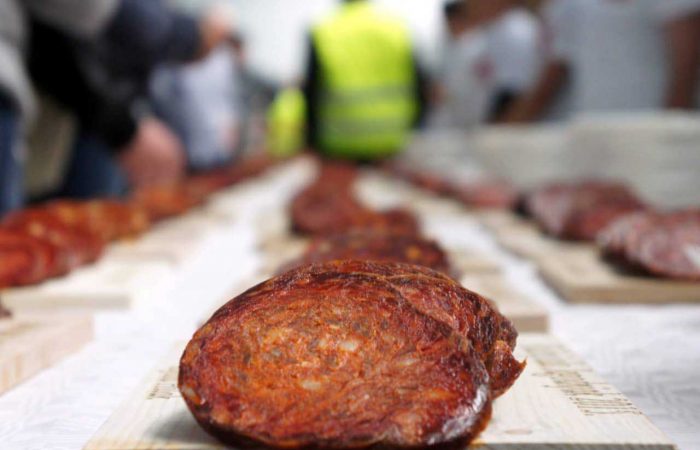
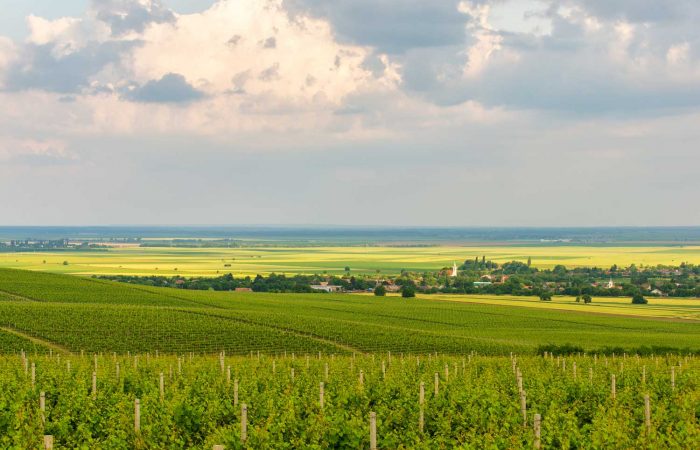
Karanac
A place widely known as “ethno village“ has in recent years become a magnet for numerous foreign and domestic tourists enjoying rich gastronomic and tourist offer. Here, one can eat well and it is possible to take a genuine wagon ride and sleep in authentically decorated rooms overlooking the hen house. In picturesque country pubs the offer is exclusively based on homemade food production and eating is frequently accompanied by the lively gipsy music. Today, there are over 1,000 inhabitants living there with tourism being the pillar of local farmsteads. Karanac once belonged to the Darda manorial estate. One third of its area was covered by vineyards and forest and the inhabitants used to produce an excellent wine. Today, it is yet another tradition they successfully preserve.
Kneževi Vinogradi (Prince's Vineyards)
During the Roman Empire, a colony under the name of Donatium was situated here, which actually makes Suljoš (the folk name for Kneževi Vinogradi) one of the oldest places in Baranja. At the same time, it is a favourite summer destination of bathers and recreationists from the entire region who traditionally enjoy the offer of the Sports and Recreation Centre «Bazeni» (Swimming Pools). Today’s district covers the Eastern part of Baranja, with a part of Kopački rit Nature Park, while the eastern district border crosses over to the left bank of the Drava river. Kneževi Vinogradi are 25 kilometres away from Osijek, 10 kilometres from Beli Manastir and 15 kilometres from the border to Vojvodina. Under its present name, the settlement was first mentioned in 1687, before the Belje manorial estate was founded.
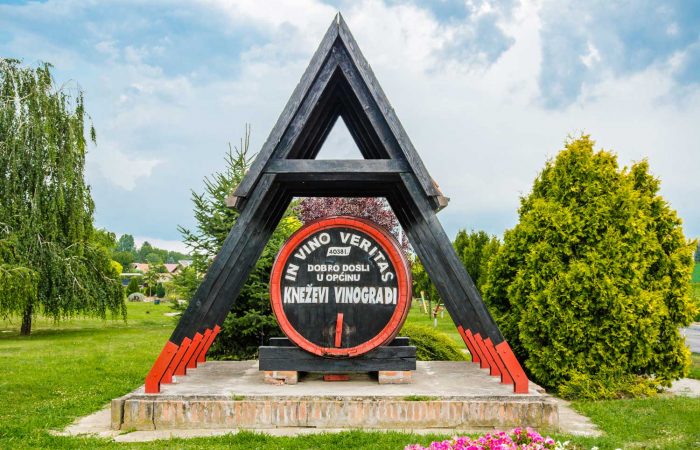
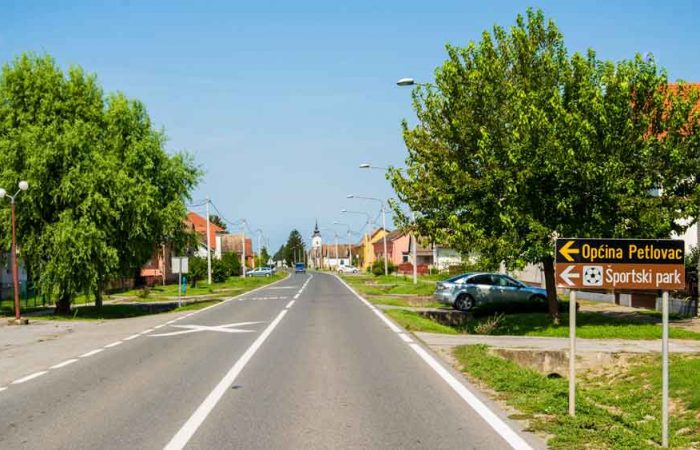
Petlovac
A settlement situated in the triangle among the Drava River, the Danube River and Hungarian border. The district of Petlovac is a part of broader lowland, fertile part of Baranja. Throughout the history, the village first (during the Hungarian rule) bore the name of Sent Ištvan (Saint Joseph), later to be renamed by German settlers into Flower Village – Blumendorf. The old village yards bear witness to the floral history even to the present day. There, the inhabitants still nurture entire parks with labyrinths of cultivated flora and bright coloured flowers. Lively, proudly and grandly. The Petlovac style.
Popovac
The district of Popovac (Branjina and Kneževo) is inhabited by almost 2,500 people, living in more than 900 households. The settlements are scattered throughout the fertile area between state border with Hungary and the Baranja Mountain, whose northern slopes on clear days offer a view on Hungarian side of Baranja. Popovac has a strong fishing lobby (Karašnica) and every September they organize a Fišijada (Slavonian fish stew cooking competition) which is specific due to the fact that it is women who compete in preparing the best fish stew. The inhabitants willingly participate in carnival programmes and organize a memorial football tournament on annual basis.
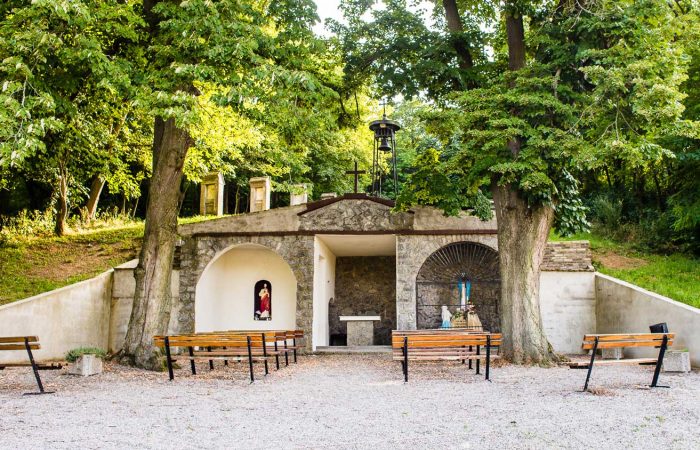
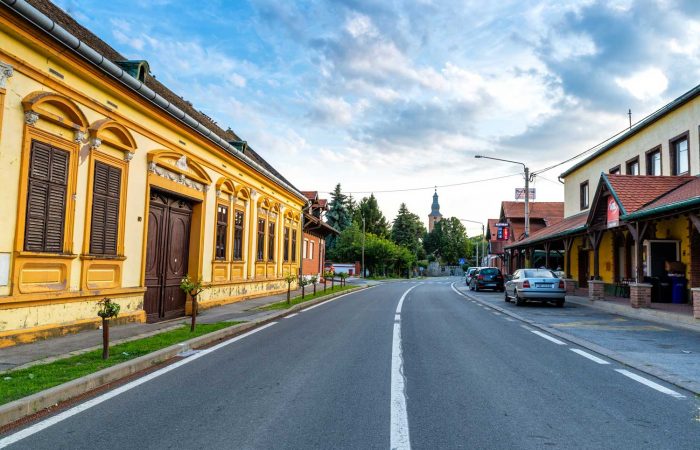
Suza
The settlement was first mentioned as Chuza in King Bela IV's Charter of Donation from 1252. In the period between 1698 and 1734 the village used to be the property of Eugene of Savoy, and during the Revolution of 1848-1849 the inhabitants were freed from serfdom. Today it is an agricultural village. The inhabitants grow wheat, barley, corn, sunflower, grape and fruits. If you mention Suza, everyone in Baranja will tell you the place is known for its country pub "Kovač čarda", visited daily by families from neighbouring Hungary because of its fish stew. Apart from that, in the main road of Suza are cellars with famous Baranja wine by Ljudevit Kolar. It is also worth mentioning that there are several pairs of white stork nesting in the village.
Zmajevac
Today it is a place known for its wine roads and an entire colony of wine cellars dug into the southern slope of the Baranja Mountain. The vineyards are situated right above, at the location which guarantees the best possible preconditions for producing the famous Baranja wines. In recent years, in “surduci”, the characteristic so called wine roads, the high quality gastronomic offer has been completed, particularly praised by top winemakers Mišika Gerštmajer and Damir Josić. Zmajevac grew out of the Roman colony of Ad Novas. It was mentioned in 1246 under the name of Verusmorth, and near the village, on Varheđ hill, the remnants of a 24-angle fortress (castellum) were found in the 18th century. A place is associated with a mediaeval legend about a red haired girl called Marta, who committed suicide by throwing herself from a rock into the abyss. Some people associate this legend with the old, Hungarian name of the place Vörösmarth. Nowadays, the inhabitants are mostly engaged in agriculture.
